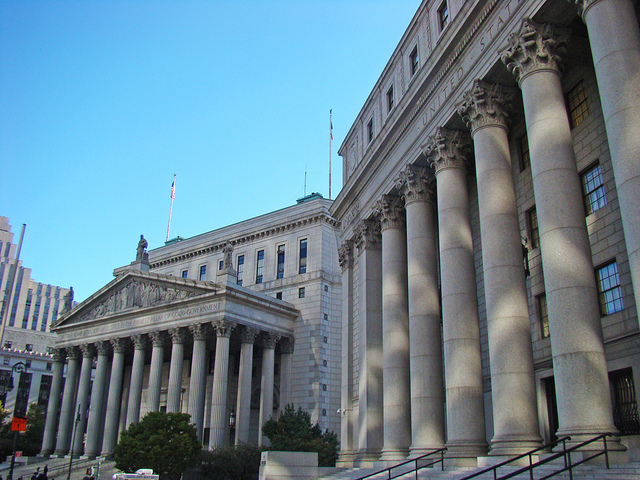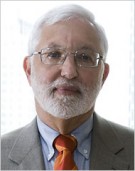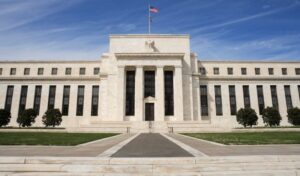
Prosecutions of individual corporate criminals can, in fact, be successful—and are critical for attaining justice.
It is difficult to escape the inference that the Great Recession, which caused and even still continues to cause much suffering, was in substantial part the result of fraudulent misconduct, whereby dubious loans were camouflaged as highly rated securities, thus creating a classic “bubble.” Yet, even though the government, after much delay, finally brought legal actions against some of the large financial institutions involved in this fraud, few prosecutions or regulatory proceedings have been brought against the individuals who actually perpetrated the fraud—much less against any high-level executives who initiated, approved, or blindly disregarded the fraud. This, then, raises the question, why have the individuals who inflated that bubble not yet been brought to justice?
There are several possible reasons for the dearth of individual prosecutions. For one, prosecutors may simply lack the stamina, will, and resources to bring cases against individuals. To trace a complicated fraud all the way up to those who approved the conditions that created it typically takes years, with no guarantee of ultimate success. By contrast, large institutions cannot afford to be at war with the government for any extended period of time, and so will, sooner rather than later, “cut a deal.” Such deals provide prosecutors with ready-made, politically appealing press packages: they can publicly trumpet that they have reached an agreement with some large company or financial institution that is going to pay a hefty fine, increase internal compliance measures, and agree to be monitored. The upshot is that, over the past decade, the and a variety of regulatory agencies increasingly have focused their energies on cutting deals with large companies, rather than pursuing difficult and time-consuming investigations of high-level individuals.
The lack of motivation to pursue prosecutions of high-level individuals has, in turn, given rise to a second reason for such few prosecutions: a lack of prosecutorial expertise. Successfully investigating and prosecuting high-level individuals, who are typically several steps removed from any “smoking guns,” requires a certain set of skills and a degree of specialization that can only be acquired over the course of many years. Thus, the fewer cases that prosecutors pursue against high-level individuals today, the less equipped they are to initiate and try such cases tomorrow.
Still other reasons may have contributed to the dearth of prosecutions of high-level individuals in connection with the financial crisis. Was regulatory capture—the immediate focus of this series—one of them? From the vantage point of a judge, it is difficult to know. All one can say with certainty is that the prosecution of high-level individuals in response to the financial debacles of earlier decades was almost always the product of aggressive regulatory investigation.
For example, the prosecutions of individuals in connection with the “junk bond” bubble of the 1970s and 1980s—prosecutions that went all the way up to so-called “junk bond king” —began with intense investigations by the U.S. Securities and Exchange Commission. Similarly, it was regulatory investigations of accounting frauds in the 1990s that eventually gave rise to the successful prosecutions of two previously well-regarded C.E.O.’s: Jeffrey Skilling of Enron and Bernard Ebbers of WorldCom.
Another particularly striking example is the savings-and-loan crisis of the 1980s and 1990s, another large “bubble,” which led to the collapse of nearly one-third of the country’s savings and loan associations (S&L). Although the DOJ, with immense help from the Federal Bureau of Investigation, ultimately prosecuted more than 800 executives, all the way up to Charles Keating, Jr., for their fraud in concealing their S&Ls’ increasingly risky investments, it was the investigative work of several federal regulatory agencies that first brought the matter to public attention (and that notwithstanding the efforts of an important U.S. Senator, Alan Cranston (D-Calif.), to derail the regulatory inquiries).
These examples from decades past may actually provide reason to be optimistic about the path forward, for they show that, for all the hand-wringing about such cases being “difficult,” prosecutions of high-level individuals involved in complex financial frauds frequently had been successful in the past. And there are signs of a return to the philosophy that brought them about in the first place.
Thus, Deputy Attorney General Sally Yates, in guidance issued to DOJ attorneys last September, commendably called for a heightened emphasis on prosecution of individuals. The “Yates Memo” established a series of measures aimed at holding individuals accountable for corporate misconduct, both in criminal cases and civil corporate matters.
Whether the Yates Memo, still in its infancy, will ultimately accomplish these aims remains to be seen. The hope, of course, is that it does, as the effectuation of such aims can only redound to everyone’s benefit. Prosecution of individual executives carries a deterrent wallop that no fine of an institution can hope to achieve. And it carries none of the unfortunate collateral consequences that only going after the companies entails, such as punishing innocent shareholders and employees. Most important of all, prosecuting the individuals who actually caused the crimes to occur reinforces the moral order and shows the public that malefactors, no matter how rich or powerful, can be brought to justice.
This essay is part of The Regulatory Review’s sixteen-part series, Rooting Out Regulatory Capture.




